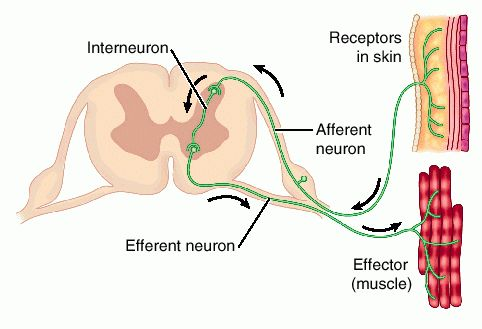Humans can not yawn on command rather it is a semi voluntary action and a partial reflex that is controlled by neurotransmitters in the hypothalamus

Humans Can’t Yawn on Command: The Science Behind Yawning
Yawning is a peculiar behavior that we all experience. It’s an involuntary action that can be triggered by various factors such as boredom, tiredness, stress, or even just seeing someone else yawn. But have you ever wondered if you could yawn on command? Surprisingly, humans cannot yawn at will; instead, it is a semi-voluntary action and a partial reflex controlled by neurotransmitters in the hypothalamus.
When you try to yawn, you may initiate the process with your conscious mind, but the actual act of yawning is not entirely under your control. Yawning involves a complex interplay between the brain, neurotransmitters, and various reflexes that work together to produce this contagious behavior.
The hypothalamus, a small region deep within our brains, plays a significant role in regulating yawning. It acts as a control center for many essential functions of the body, including sleep, emotions, and body temperature. Within the hypothalamus, specific neurotransmitters, such as dopamine and serotonin, influence the occurrence of yawning.
To understand the phenomenon further, let’s dive deeper into the science behind yawning. First, it’s important to note that yawning is contagious, meaning that seeing someone else yawn can trigger a yawn in yourself. This contagious effect is thought to be a form of nonverbal communication, signaling tiredness or boredom. Although the exact mechanism behind contagious yawning is not fully understood, it is believed to involve mirror neurons in the brain, which imitate the observed actions of another individual.
Additionally, yawning is closely linked to our body’s natural sleep-wake cycle. It is commonly observed before and after periods of sleep, signaling the transition between wakefulness and rest. Yawning may serve as a physiological mechanism to increase alertness and oxygen levels in the body, helping to combat fatigue and promote a state of wakefulness.
Furthermore, yawning has been associated with changes in brain temperature. Studies have suggested that yawning helps regulate the brain’s temperature, cooling it down to optimize its functioning. This cooling effect, achieved through the deep inhalation and stretching of the jaw muscles during a yawn, may contribute to improved cognitive performance.
While the exact purpose of yawning remains a subject of ongoing research, it is clear that it serves a vital role in our overall well-being. Yawning helps regulate our sleep-wake cycle, communicate nonverbally, and potentially cool down our brain. Understanding the underlying mechanisms of yawning can provide insights into various neurological and physiological processes.
For further reading on the fascinating topic of yawning, you can refer to the Library of Congress’s “Everyday Mysteries” page on biology and human anatomy, available at here.

To gain a visual perspective on the complex interactions within the hypothalamus, refer to this diagram illustrating the hypothalamic-pituitary-adrenal (HPA) axis, one of the many systems controlled by the hypothalamus.

In conclusion, yawning is not something we can fully control. It is a fascinating blend of voluntary and involuntary actions, orchestrated by neurotransmitters in the hypothalamus. Next time you find yourself yawning, take a moment to appreciate the intricate biology involved in this simple yet mysterious behavior.
Share
Related Posts
Quick Links
Legal Stuff

